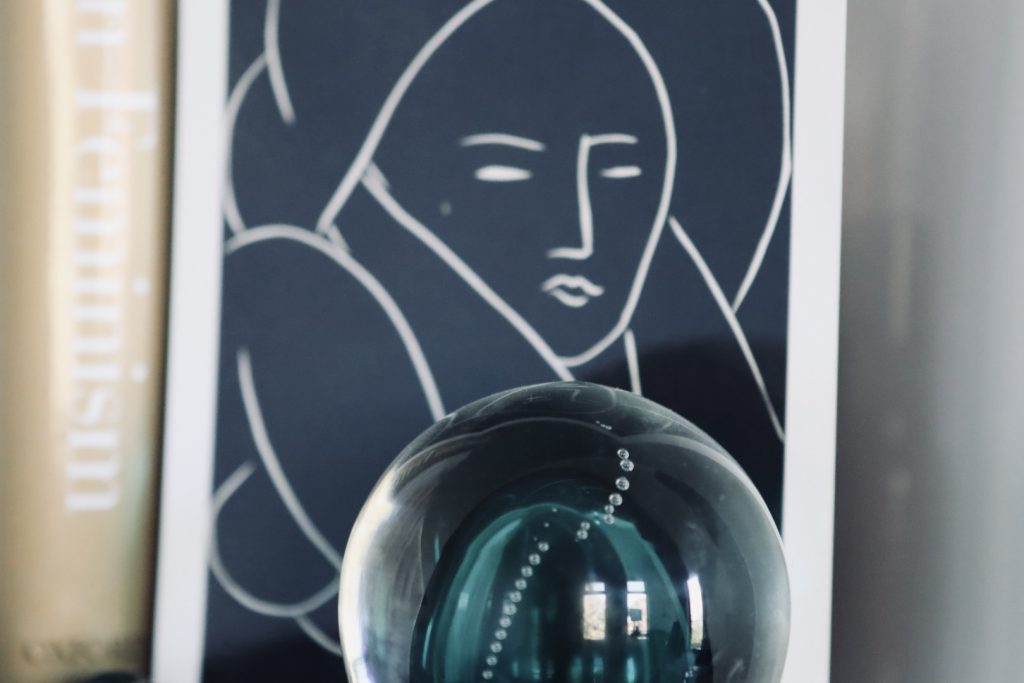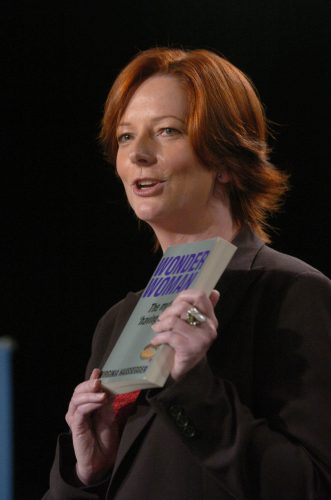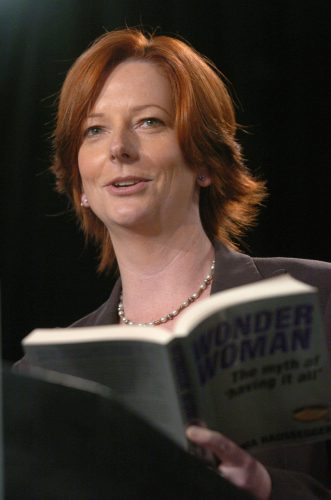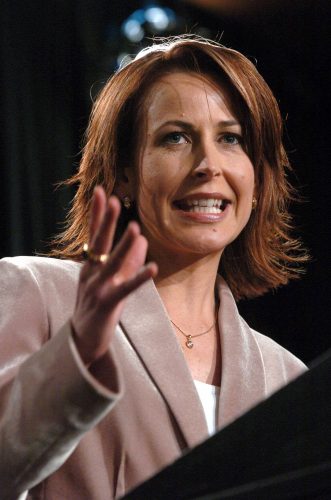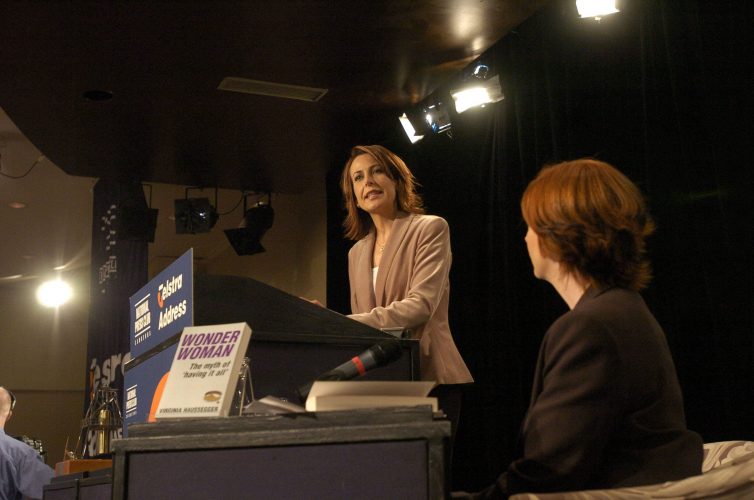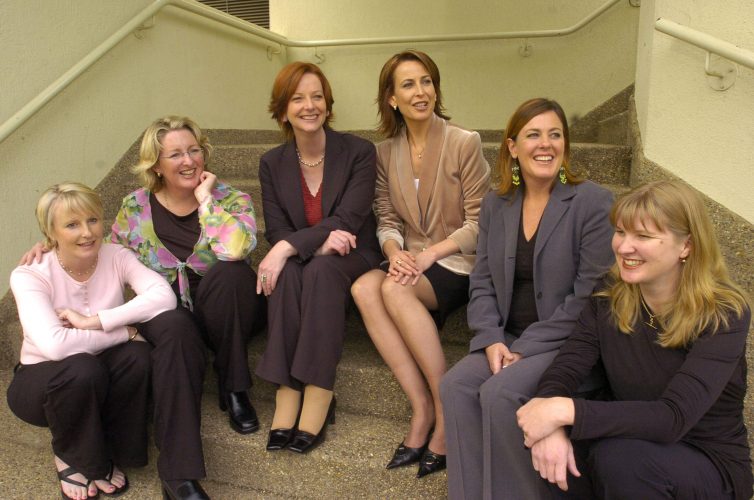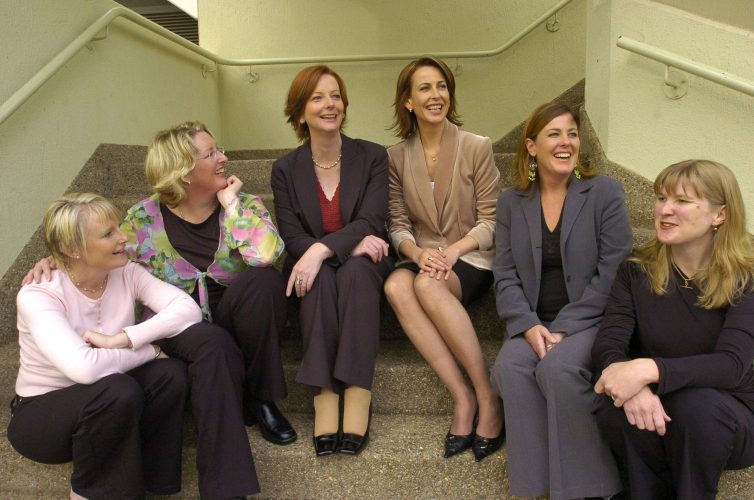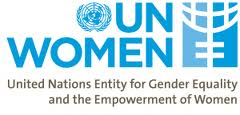

There are places where men still beat women to show who’s boss.
”EVERYONE wept!” Penny Williams, Australia’s new Global Ambassador for Women and Girls, had eyes the size of saucers as she described the scene at a recent Australia-US discussion about violence against women in the Pacific. ”They were loud tears too, and I mean really loud. We were all crying.”
The trigger for this was an address by a disabled Fijian woman who, quietly and with dignity, described how she’d been repeatedly raped. For many in the room it was just too much. Violence against women and the exploitation of girls in many of our neighbouring Pacific countries is endemic, with rates of abuse and rape now among the worst in the world.
Barack Obama may have only taken up the mantle of ”Pacific President” last week, but already there are encouraging signs his administration is keen to work with Australia and Pacific partners to crank up efforts to stop the violence.
Two weeks before the President’s visit, he sent his chief gender adviser, Tina Tchen, to Canberra for discussions with Foreign Minister Kevin Rudd, Minister for Women Kate Ellis, and a select group of gender experts and NGO workers from the Pacific. It was an edgy, two-day discussion where shocking truths were laid bare.
Recent AusAID reports on violence against women in Melanesia and East Timor, and a UN report, provided the backdrop. In Papua New Guinea, 67 per cent of women are beaten by their husbands – 100 per cent in the highlands – with gang rape and pay-back rape common.
In Tuvalu, half the females surveyed lost their virginity in forced sex. In Samoa, 46 per cent of women are physically abused, and up to 8 per cent are beaten unconscious by their spouse. In Fiji, 66 per cent of women have been physically abused by their partners; 26 per cent were beaten while pregnant. And in Kiribati, 68 per cent of women have been physically or sexually abused.
These are unconscionable statistics. But even more alarming is the anecdotal evidence. A PNG field worker told AusAID: ”The husbands of working women like to give their wives black eyes, so everyone can see he is still boss.”
A policewoman in Timor-Leste, who described common domestic violence as ”beating, choking, whipping with rope, breaking bones, burning with fire, and banging heads on the floor”, went on to say many of the victims fail to see this as a crime. ”They think of it as a normal, acceptable event because it happens daily,” she said.
One PNG woman described in shocking detail how her husband would demand sex after he beat her. ”He would force me, even in front of the kids, he would strip me off and the kids are telling him ‘Daddy, Daddy stop’, but he just treats me like that.”
In a yet-to-be released AusAID report circulated at the discussions, a 2010 Vanuatu survey across 3700 households found 60 per cent of women had been subjected to physical or sexual violence by their husband or partner. A staggering 90 per cent of those suffered ”severe violence”, with one in five receiving a permanent disability. The survey also found nearly one in three girls are sexually abused before they are 15 years old – one of the highest rates in the world.
None of this comes as a surprise to the 28-year-old executive director of UN Women Australia, Julie McKay. While Obama visited Australia, she flew to Fiji last week for an update on projects funded by the Pacific Facility Fund, to which Australia has pledged $6.4 million dollars over five years. At a project McKay visited outside Suva, ”Homes for Hope”, she was met by 40 pregnant girls under the age of 16. The home teaches them a range of business skills, such as hospitality, jewellery and bread making, as well as organic farming. ”The aim is for girls to eventually earn their own income and independence, which means they can effectively buy some safety,” says McKay. ”It’s hard to believe, but many of these girls were sold by their own families for sex.”
As Pacific communities come under increasing economic pressure, amid global instability, it is women and girls who are most at risk. While responsibility for the safety of women clearly rests with Pacific governments themselves, issues such as poverty, remote locations, illiteracy, and the heavy weight of patriarchal culture, all continue to be major obstacles. Progress is painfully slow. In Vanuatu, for example, domestic violence was only made a crime three years ago after a 10-year legislative battle. Village chiefs argued that giving a wife the right to a ”restraining order” was against traditional ”kastom”.
The Australian government has committed generous funds – $96.4 million dollars over four years – towards ending violence against women in the Pacific. Nevertheless, there’s an urgent need for more long-term support and targeted attention. The cry from the field is for ”core funding” – ongoing money – in addition to the one-off handouts.
If Australia – and now the US – is truly serious about the Pacific, we have to get serious about ending the culture of silence and impunity that has allowed the abuse and degradation of women to go largely ignored.
After all, what gives us the right to talk to China about human rights when the rights of women to be protected from violence – in our own neighbourhood – are so badly abused?
